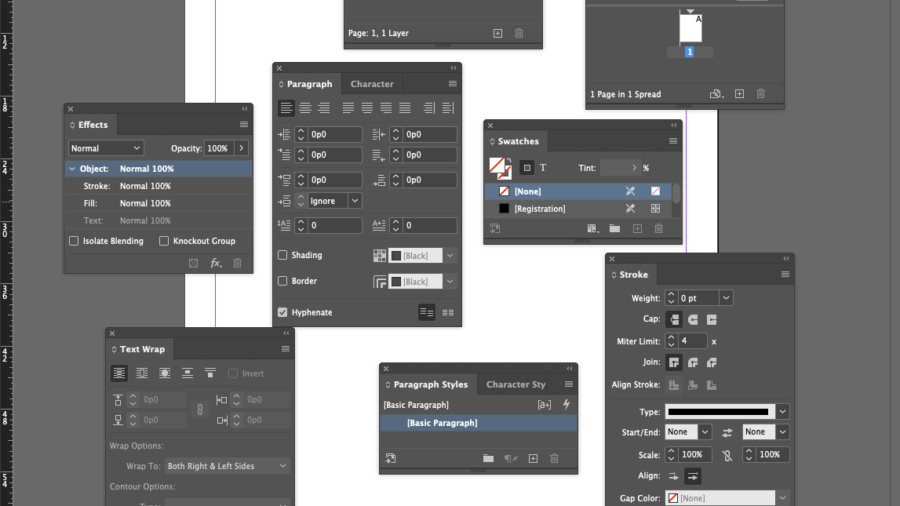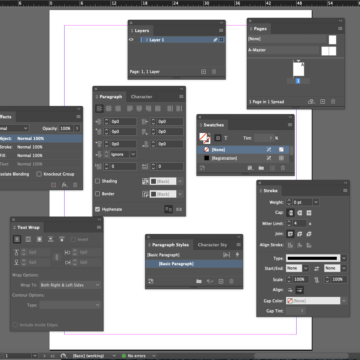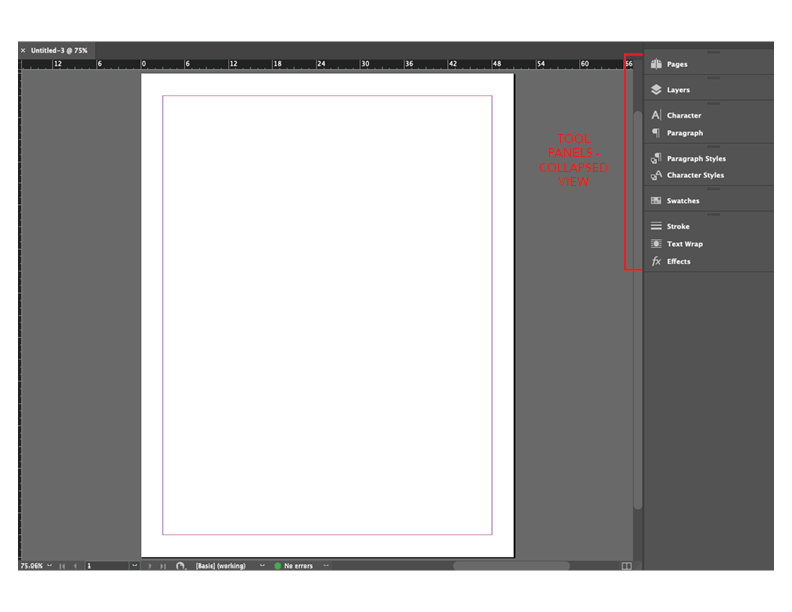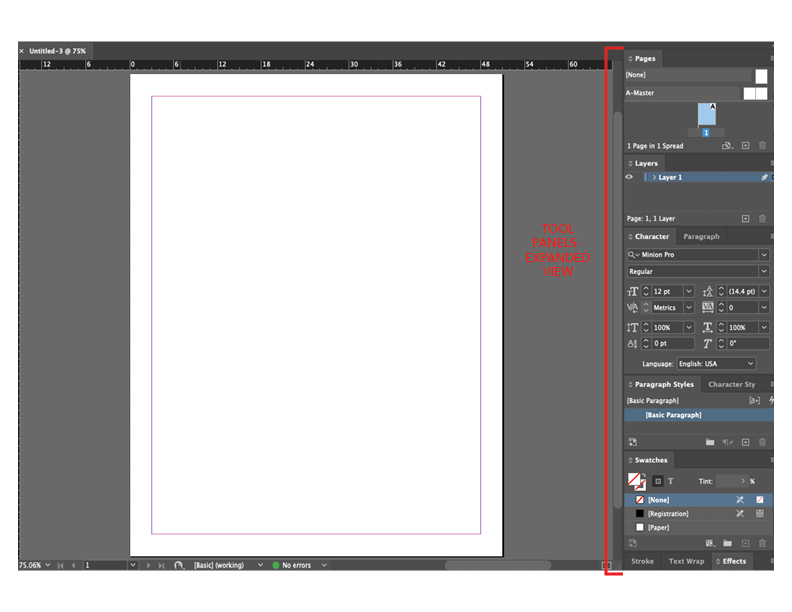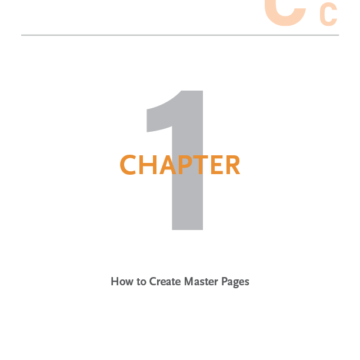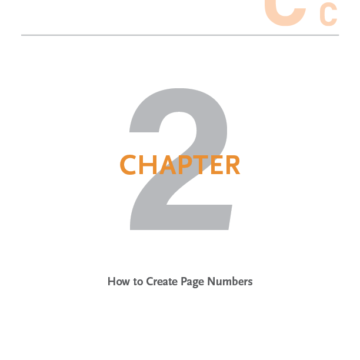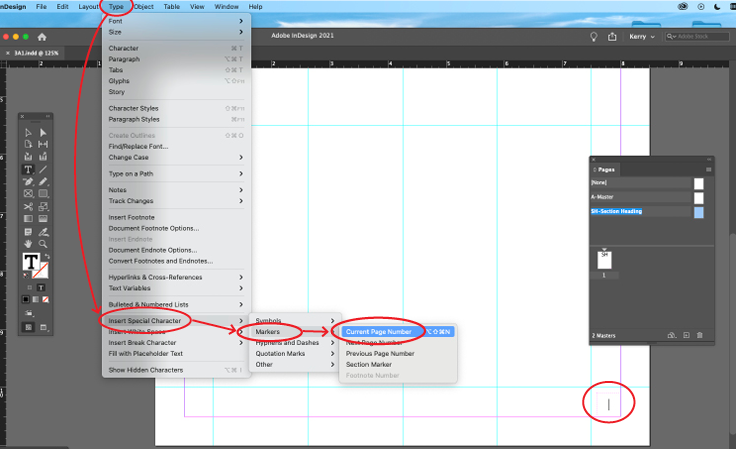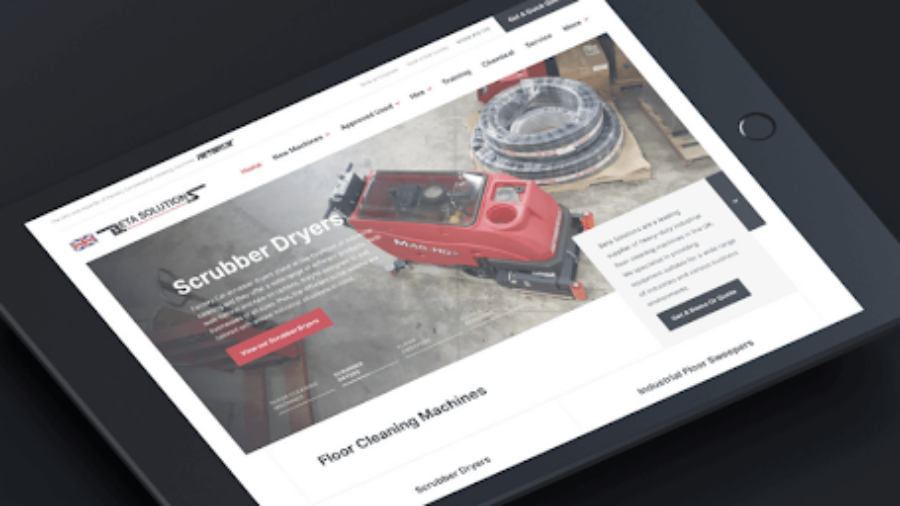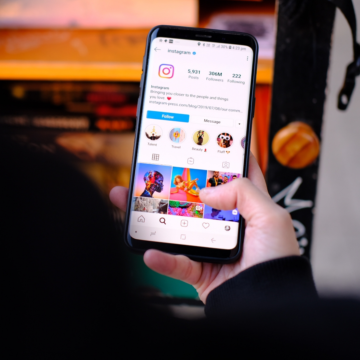
A Facebook business page is a free-to-set-up page that businesses can create on Facebook to increase their online visibility. Just like a personal Facebook profile, your business page on Facebook can send and receive messages, post updates, and receive notifications. Your business page can also like, comment on, and share the content of other Facebook users and pages.
When it comes to Facebook business pages, there are an endless number of profiles. This can make it difficult to stand out as a brand. However, simply paying for ads isn’t the only thing you can do to boost engagement. There are numerous ways to elevate your Facebook business page!
Share Industry News on Your Feed
If your clients/customers/followers work in the same industry as your business, it’s a great idea to share industry news on your Facebook page. Sharing relevant and fascinating industry news demonstrates to your customers and followers that your business is current with industry trends. It also indicates that your company is invested in its niche. Which may assist and build trust between you and your potential clients and customers. It may even open up relevant discussion, incite questions. And most importantly, boost interaction with your posts, which ultimately increases your relevance on the Facebook platform.
Study the Competition
When you’re just getting started on Facebook, it can be super intimidating competing with similar companies that have massive followings and picture-perfect social media posts. However, every business page started with nothing at one point. So whether you have fifty or fifty thousand supporters, don’t give up just because your competitors are seemingly “doing better” than you are. Likely, most of them are playing the Facebook guessing game, just like you.
So what can you do with that? Well, study your competition and take what works and doesn’t work for them. Allow it to assist you in achieving success on your Facebook page. Determine which businesses in your industry have done an excellent job of building a Facebook community. Pay attention to the sort of posts and content that generates the most significant engagement from their followers.
Hold a Contest on Facebook
Once you’ve built up a dedicated following, hold a contest! Giving away a prize through a contest post on Facebook is a pretty effective way to increase engagement on your page. Programs like ShortStack or Gleam are two great tools for building successful contests for your Facebook page. They include great design customization that allows you to create eye-catching and high-performing competitions while capturing leads, all in one platform.
Find New Ways to Show Off Your Products and/or Services!
Use your creativity and attempt to appeal to your followers’ needs. This can be done by uploading funny, interesting, or relevant content that promotes your products and/or services. For example, plan a photo shoot to get professional photos of your clothing line, or take an internet trend and incorporate your product into it. Even just silly interviews around the office are a great way to show your followers that you’re present and fun to work with. Don’t be afraid to think outside the box and make your followers feel included in your brand story.
Keep Engaging!
The most common error businesses and organizations make when they first start on Facebook is failing to maintain an active presence once their page is established. You’re not going to see massive growth if you’re just posting once a month or only when you have something significant to market. Following the creation of your business page, keep the following in mind:
- Be a human being! Facebook users come to Facebook to interact with their friends, not to purchase your product, so talk to your followers and engage them in conversations.
- Keep your status updates brief and concise. If they’re super long, people may not take the time to read them.
- Keep in mind that people are more likely to look at content that includes photos and videos, so include them whenever possible.
- Consider the time of day when posting: when are most of your followers online?
- Follow the 80/20 rule: 80% of your posts should be valuable and useful for your audience, and 20% of your posts should be directly promoting your business.
- Avoid posting more than 1-2 posts each day since this can overwhelm the feed of your followers and cause them to unfollow your page.
Conclusion
Facebook is by far the largest social network on the planet. Therefore, if you’re looking to grow your business online, it’s an obvious choice to create a Facebook business page. However, make sure to take the time to create an effective social media strategy. Do your research and create valuable content. Remember, at the end of the day it’s not the number of followers on your Facebook page. That is not what determines how much people engage with your page and your business. It’s how you use it strategically and creatively to increase discussion and interaction, and ultimately, community.
Want some help getting your Facebook business page in shape? Get in touch with us!





